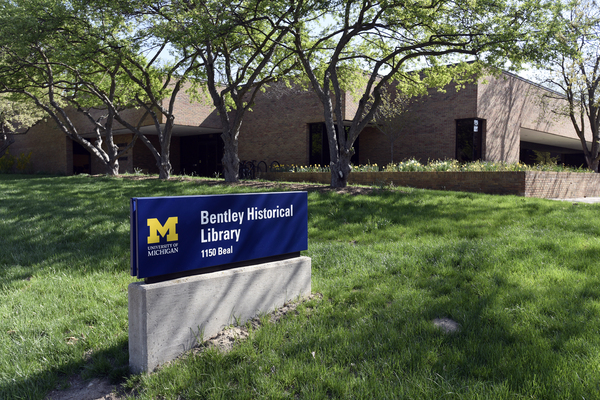Search Results
Historical Records Survey Correspondence
The Historical Records Survey Correspondence series consists of correspondence between field workers in the counties and their supervisors in district offices or the state H.R.S. office contains descriptive and historical information about the counties as well as information concerning the workings of the H.R.S. project. In some areas the work went along quite smoothly, but in others the field workers faced numerous difficulties: getting permission to examine government records and to have a place to work, facing officials whose attitude ranged from indifference to outright hostility; attempting to inventory records which were poorly organized and stored in inaccessible places; and even obtaining adequate training and basic office supplies from the W.P.A. Charles Johnson, a field worker in Ionia County, wrote articulately on the workings of the project and his letters make good reading (see Roll 13). Three counties - Alger, Ingham, and Marquette - had H.R.S. district supervisors' offices, so their correspondence files contain information about whole regions as well as good descriptions of the project (letters which mentioned only one county have been transferred to that county's files). H.R.S. correspondence is also a source of information about county records. Sometimes it reveals what had happened to records which no longer existed when the survey was conducted and sometimes it is a source of inventory information - in the case of Ingham County the only source, since both the forms and the completed inventory (if there ever was one) are lost. Within each county, correspondence is arranged chronologically and anything of a routine or insignificant nature has been discarded. General instructions, issued to each field worker in the state, have not been retained for each county but only where they were first found in processing and so would tend to be concentrated at the beginning of the alphabetical listing of counties. Any researcher studying the H.R.S. project would want to consult all of the correspondence; therefore, in addition to each county's correspondence being microfilmed with its other material, all the correspondence has been preserved after filming and grouped together, arranged alphabetically by county.
Survey forms of 1987 Survey of Records in Counties and Municipalities
(arranged in two alphabetical sequences, by county and then by municipality). The survey revealed the dates and condition of the records held by the respective governments, any transfer or microfilming of records, and quality of storage facilities.)
